Bumper ads – Great for recall, not so for storytelling. The debate continues
In September 2017, YouTube released a special edition leaderboard showcasing 20 of the top bumper ads from around the globe for the first time ever. As per the Google blog, a bumper ad is a six-second video format ideal for driving brand reach and frequency by using a short, memorable message. They are available through AdWords as an add-on to traditional campaigns and sold on a CPM basis. Bumper ads can both extend the reach of an existing campaign and complement broader messaging. Brands like Samsung Galaxy8 Plus, Good Knight Active Plus, Gionee, Duracell and many more made it to the list.
While long-format ads have been backed by marketers across the globe for their excellence in storytelling, the trend of 6-second ads or bumper ads is being mostly observed in the Asia-Pacific region, with most of the brands from India, Japan and Korea trying their hand in it.
It all started when in January 2017 YouTube held a programme to showcase its 6-second ads at the Sundance Film Festival in Park City, Utah in the US. The objective was to make brands understand the value of short-form storytelling in a mobile-first world. It was slowly but steadily picked up by brands to make videos which are not skippable on YouTube and thereby generate brand recall.
However, ad-guru Piyush Pandey, Executive Chairman and Creative Director, O&M South Asia, is not much in favour of brands using bumper ads. According to Pandey, 6-second advertisements don’t convey the message. While doing such ads is very easy and just display one’s product, but then why would anyone remember it, he asked.
Echoing similar views, ad veteran Alyque Padamsee stated that if one is launching a new brand, then doing a bumper ad would be very difficult because one couldn’t really say everything about it in 6 seconds. Further elaborating on the application of short videos, he said, “For products like fashion and chocolates or a cell phone, 6 seconds are more than enough. However, if it’s a detergent like Surf, it would take more than 6 seconds to convey the message as it’s a very serious product. When French Connection UK was launched, it read like FCUK and looked like F**K, but it wasn’t that way. That helped the brand establish itself very quickly and it did well. When you can take the brand name and twist it in some way, then you can really use the 6 seconds easily.”
Hakuhodo Percept conceptualised a 6-second ad campaign – ‘Technology that re-energizes’ – for Maruti Suzuki Ertiga. For Sabuj Sengupta, National Creative Director, Hakuhodo Percept and his team, the obvious challenge while creating the bumper ad was time limitation. The initial sound of it was that time constraint could be a hindrance in communication. However, the trick of the trade is to quickly take to the need of the hour, adapt and create. The key learning has been to keep it simple – from the idea, to the narrative and the visual.On how different storytelling is for bumper ads focused communication than for usual product ads (15-30 second duration), Sengupta commented, “6 seconds is not for storytelling. However, arriving at the core message is sooner in a 6-second ad. 30 seconds is where the full story can be told well. The time limitation forces us to find creative ways to establish the who, what, and where, quickly; in addition the execution differs too.”
He added, “Also, a Google study shares that on considering 122 bumper campaigns in the US last year, 70 per cent drove a significant lift in brand awareness, with an average lift of 9 per cent. On ad recall, they perform even better with over 9 in 10 drove ad recall globally, with an average lift of over 30 per cent. This clearly shows the efficiency and need to shift to bumpers.”
On the other hand, Pandey thinks that there needs to be a factor catching one’s attention, and if it’s not there, it does not matter if it’s a 6-second or a 100-second ad. “Such ads play the role of a reminder and they do not convey any message. Brands are not made on reminders, it just supports message,” he maintained.To Read More Visit Here.
According to Sengupta, the trick here is to maximise the 6 seconds and keep it simple. That being said, one must have absolute clarity of thought, a clear message, strong visuals, and purpose, that is, increase in reach and awareness, or engagement, and so on. “One should keep in mind that bumpers are powerful in terms of recall value, and help build campaigns where multiple bumpers can be stitched into a series of six-second videos,” he added.
Meanwhile, Padamsee doesn’t think that bumper ads will last just for a short time. He opined, “The main thing about advertising is that it promises you something. That my product can do something, for example, my product can get rid of body odour or my product can give you a muscular body, but in 6 seconds you cannot establish this promise, but you can establish the brand.”He further said, “My other campaign for a shoe polish brand was for Cherry Blossom. For that we had a very well-known character, Charlie Chaplin, it was easy and so the brand as well as the product could be easily established. So, in 6 seconds if Charlie does something funny with his shoes, then people will talk about it. We had this advantage of the brand image already, otherwise its quite difficult. You might be saving money with a 6-second ad, but not able to register the promise of your brand, while advertising is all about making a promise.”
Will we see the emergence of a new band of content creators to come up with such ads? To this, Sengupta replied, “Well, thanks to short format content, there is already a boom in content creators and publishers. There are multiple portals and a plethora of content available on the web. Such content is lightweight by nature, and if created well, is highly consumable, and a good way to leave consumers intrigued and curious.”
Pandey opined that advertising has realised that it has to delight people and not just feed information. “It has opened up a lot. The challenge here is that everyone is trying to save money. When you do stories that people don’t remember and make the ads shorter and shorter, it simply does not work,” he concluded.
To Read More Visit Here.


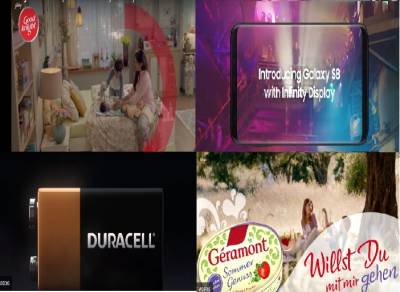




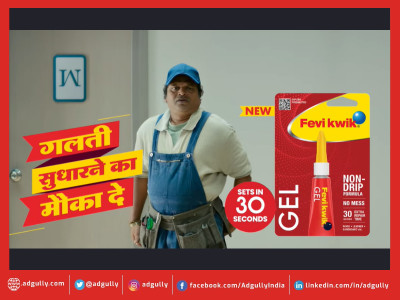
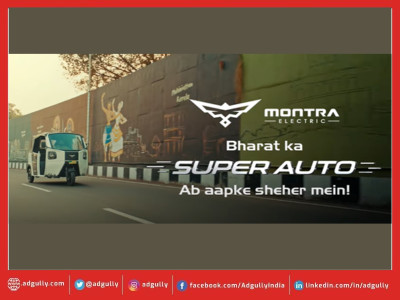
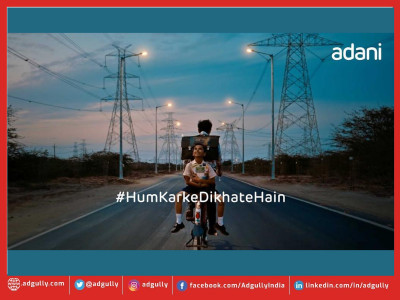
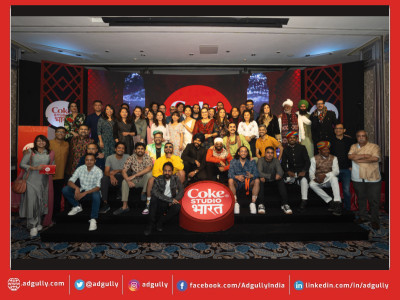


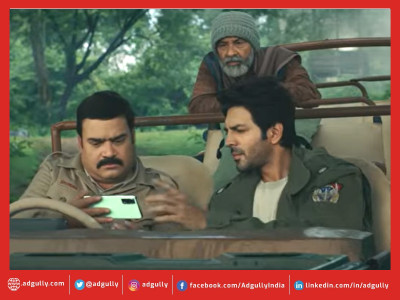


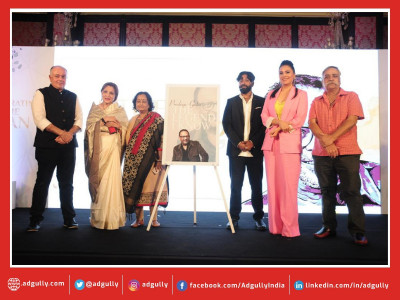


Share
Facebook
YouTube
Tweet
Twitter
LinkedIn